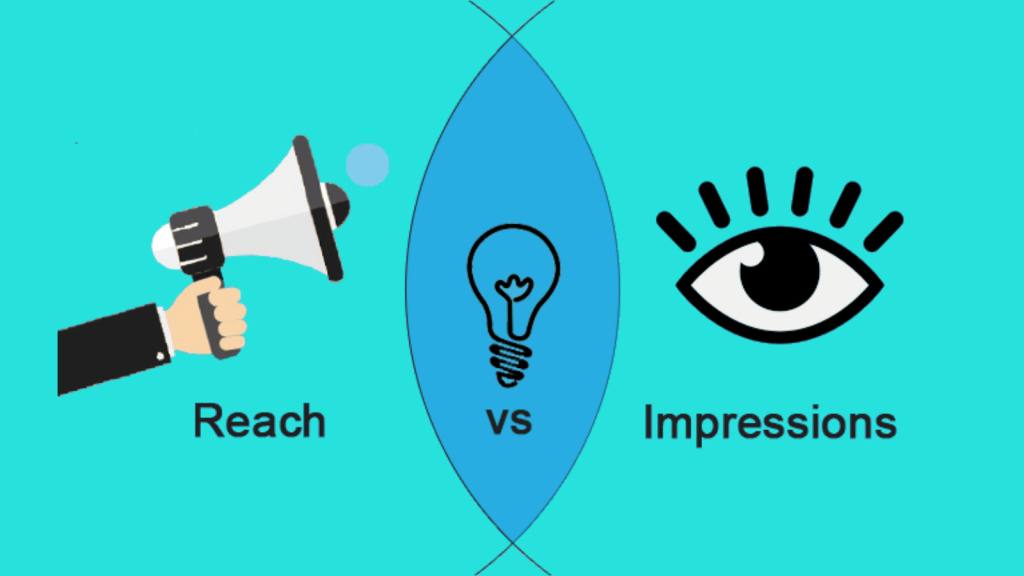Reach vs. Impressions: What’s More Important to Track
In the world of digital marketing, understanding metrics is key to making informed decisions that drive success. Among these metrics, reach and impressions often stand out as crucial indicators of a campaign’s performance. However, many marketers find themselves asking which is more important to track. Both metrics provide valuable insights, but they serve different purposes and can impact your strategy in distinct ways.
Defining Reach and Impressions
Before determining which metric is more important, it’s essential to understand what reach and impressions actually mean. Reach refers to the total number of unique users who have seen your content. This metric tells you how many individuals have been exposed to your message, providing a clear picture of your audience size. For example, if a post has a reach of 1,000, it means 1,000 different users have seen it.
On the other hand, impressions represent the total number of times your content has been displayed, regardless of whether it was clicked on or not. Impressions count every single time your content appears on someone’s screen, even if the same person sees it multiple times. If a post has 3,000 impressions, it means that the content was viewed 3,000 times, which could include multiple views by the same user.
The Importance of Reach
Reach is often considered a critical metric because it gives a clear indication of how far your content is spreading. A high reach means that your content is being seen by a large number of unique users, which can be particularly important for brand awareness campaigns. When the goal is to increase visibility and attract new customers, tracking reach is essential.
A broad reach allows businesses to expand their potential customer base. For instance, a company launching a new product might prioritize reach to ensure that as many people as possible are aware of the offering. The more people see the content, the higher the chances of gaining new followers, leads, or customers.
However, it’s worth noting that while a high reach is desirable, it doesn’t guarantee engagement or conversions. A large audience is beneficial, but without interaction or action from that audience, the true value of reach may be limited.

The Role of Impressions
Impressions, though sometimes overlooked, play a significant role in understanding the impact of repeated exposure to content. Impressions measure how often content is being viewed, which can help in analyzing the effectiveness of a campaign over time. Multiple impressions mean that users are seeing the content more than once, reinforcing the message and increasing the likelihood of recall.
In advertising, impressions can be particularly valuable. Studies have shown that repeated exposure to an ad increases brand recognition and can lead to higher conversion rates. When users see the same content multiple times, it can move them further along the purchasing funnel. Therefore, for campaigns focused on driving action or reinforcing a message, impressions can be a critical metric.
Despite this, high impressions with low engagement might indicate that the content isn’t resonating with the audience. Therefore, impressions should be considered alongside other metrics like click-through rate or engagement to gauge the true effectiveness of a campaign.
Deciding Which Metric to Prioritize
Choosing whether to focus on reach or impressions depends largely on your campaign goals. If the primary objective is to introduce your brand or product to a new audience, reach is likely the more important metric. It helps you understand how many potential new customers are seeing your content, which is crucial for brand awareness.
On the other hand, if the goal is to reinforce a message, build familiarity, or increase the likelihood of conversion, impressions may take precedence. Multiple impressions can drive home your message, ensuring that it stays top of mind for your audience.
Ultimately, the best approach is often to track both metrics in tandem. Reach gives you an understanding of your content’s audience size, while impressions provide insight into the frequency of exposure. By monitoring both, you can gain a more comprehensive view of your content’s performance and adjust your strategies accordingly.
Conclusion
Reach and impressions are both valuable metrics in digital marketing, each offering unique insights into how your content is performing. While reach helps you understand the size of your audience, impressions provide a deeper look into how often your content is being viewed. Depending on your campaign objectives, one metric may be more important than the other. However, tracking both allows for a well-rounded analysis that can inform better decision-making. For marketers, understanding the nuances of reach and impressions can lead to more effective strategies and, ultimately, greater success in achieving business goals. Whether focusing on reach to expand your audience or leveraging impressions to reinforce your message, each metric plays a vital role in the overall effectiveness of your digital marketing efforts.

